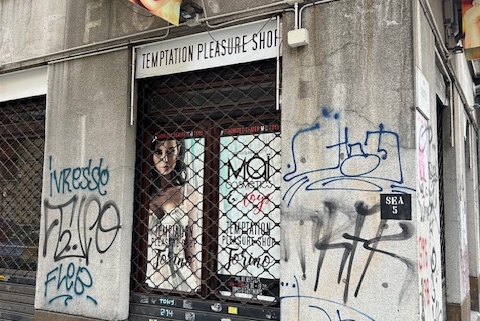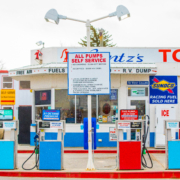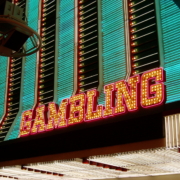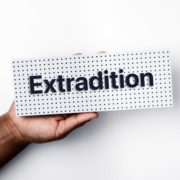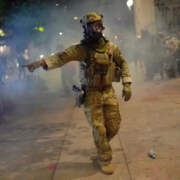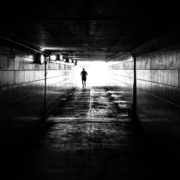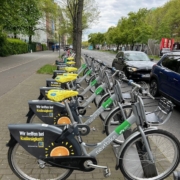A Few Things I’ve Learned About Photographing Graffiti and Street Art
I’ve spent a considerable amount of time photographing graffiti and street art. My primary purpose is to document what I see, use it for future study or reference, and then selectively post it on my Instagram account.
During this process, I’ve learned a few things that might be helpful to others engaged in this kind of activity.
Keep It Simple
I try not to overly complicate what I take photos of and how I take the pictures. One reason I use a smartphone is that it’s convenient and sufficient for my purposes. Using a digital camera could offer more control, but I find it unnecessary for what I aim to achieve. This approach means I don’t need to worry about settings like aperture, depth of field, or lighting. Other than cropping, I avoid post-processing my images (e.g. using filtering capability on social media websites, etc).
Learn from the Masters
To improve my photographs, I spend time browsing through classic graffiti and street art books. The work of Martha Cooper and Henry Chalfant, such as Subway Art, and Martha Cooper and Roger Gastman’s Spray Nation: 1980s NYC Graffiti Photographs are important in this respect. More contemporary photographers of graffiti not to be missed is Katherine Lorimer (a.k.a. Luna Park), the author of (Un)Sanctioned. I also follow a lot of instagram feeds that feature photos of graffiti and street art. I ask myself what I like about the photos and what I dislike. This helps me understand how the content can be captured and presented to the viewer. Then I then try to integrate this into my work.
Integrate Life into the Art
To remove the static feel of my photos of graffiti and street art, and to provide additional context, I often include people, animals, or means of transportation when possible, capturing the art as part of everyday life. This approach brings a dynamic element to the images and situates the graffiti and street art within its urban public space.
Revisit and Document Changes
I like to return to same surfaces where graffiti and street art has appeared, after a significant period to see what changes may have occurred. Although this isn’t always possible due to my travels, it adds a layer of historical documentation to my work.
Experiment with Angles
I take several photos of the graffiti from different angles and sometimes wait for people to walk into the frame. While I tend to photograph at eye level or the side of buildings, I also play with diagonal angles, which are frequent in my photos. This experimentation keeps my work varied and visually interesting.
Focus on Interesting Pieces
My goal is to find and photograph interesting pieces, including those that combine graffiti and street art or are placed in unusual settings. I’m rarely in search of a particular writer or artist; instead, photographing graffiti and street art is typically a spontaneous part of my urban exploration. Sometimes it is the contradictions inherent in the piece that captures my interest.
Capture the Moment
Sometimes, I stop my bike or car to take photos of a particular piece. When I have free time, I review my photos, narrow down the best images, and occasionally post them on Instagram. I also like to create videos for large walls or particularly intense images, adding another dimension to my documentation.
A lot of taking good photos of graffiti and street art can be achieved through experimentation. Thus taking multiple photos of the same item might end up producing something interesting and engaging.
Photo Credit
Photographer: Jeffrey Ian Ross, Ph.D.
title pleasure shop graffiti Turin

